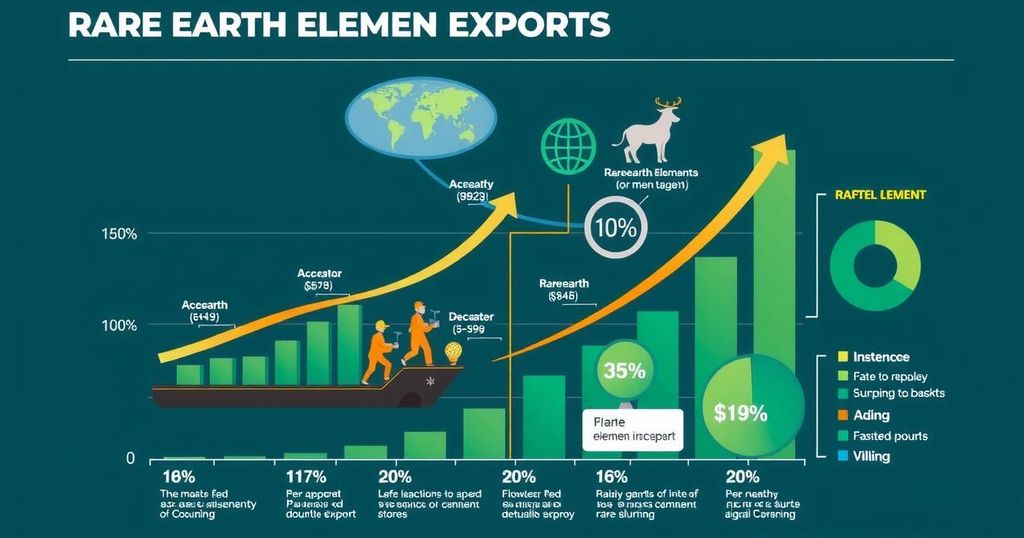China Sees Record Rare Earth Exports Amid Ongoing Trade Tensions

- China’s rare earth exports surged 60% in June compared to last year.
- Exports reached 7,742 tons, the highest level since 2009.
- U.S. government is stepping up its domestic rare earth production efforts.
- MP Materials has secured a multibillion-dollar deal with the Pentagon.
- Washington aims to decrease dependence on Chinese supply chains.
China’s Rare Earth Exports See Significant Increase
Rare earths continue to be a hot topic in today’s tech landscape. With exports hitting their highest levels since 2009, China remains the central player in the rare earth market. This surge, reported by Bloomberg, follows China’s imposition of export controls back in April amid rising trade tensions with the United States. Despite these controls, demand for rare earth materials, which are essential for powerful magnets in various industries, is not waning among global buyers. In fact, recent figures indicate that China’s rare earth exports reached 7,742 tons in June— a staggering 60% increase compared to the previous year. This uptick is particularly driven by magnet manufacturers beyond China, who are grappling with supply shortages in the automotive sector.
Export Controls and Market Dynamics Under Scrutiny
While the recent customs data provided a positive picture for June, it’s important to note that these figures exclude exports of permanent magnets. As it stands, the detailed trade report—including total exports and specifics about magnets—is expected soon, which will undoubtedly provide clearer insight into market dynamics. Currently, the Chinese government’s export controls are in place for seven out of 17 rare earth elements. This includes critical elements such as dysprosium and terbium among others. The situation is complicated as China produces about 90% of the world’s rare-earth permanent magnets, with Japan and Germany fulfilling most of the remaining demand. These figures spotlight the ongoing reliance on Chinese supply chains, despite attempts from various countries to diversify.
U.S. Steps Up Rare Earth Production Efforts
Across the globe, the U.S. is making concerted efforts to bridge the gap in its rare earth magnet supply. Following the challenging trade relations with China, news emerged that the Pentagon is investing significantly in domestic production through a multibillion-dollar deal with MP Materials. This is a strategic move as these rare earth magnets play a vital role in advanced technologies, including weapons and electric vehicles. As part of the agreement, the Department of Defense will step in as the largest shareholder of MP Materials, an indicator of how seriously the U.S. is taking the critical minerals dilemma. To kickstart production, the government has also committed to a guaranteed floor price of $110 per kilogram for key rare earth elements, promoting a stronger domestic supply chain for these essential materials. Additionally, MP Materials is set to establish a new magnet factory, aiming for a yearly output of 10,000 metric tons by 2028. This could significantly change the landscape of rare earth supply in the years to come.
The rare earth market sees continued volatility as China reports its highest export levels since 2009. Despite export controls implemented by the Chinese government, global demand remains robust. Simultaneously, U.S. initiatives aimed at boosting domestic production could reshape the industry’s future in response to increasing reliance on critical materials.




